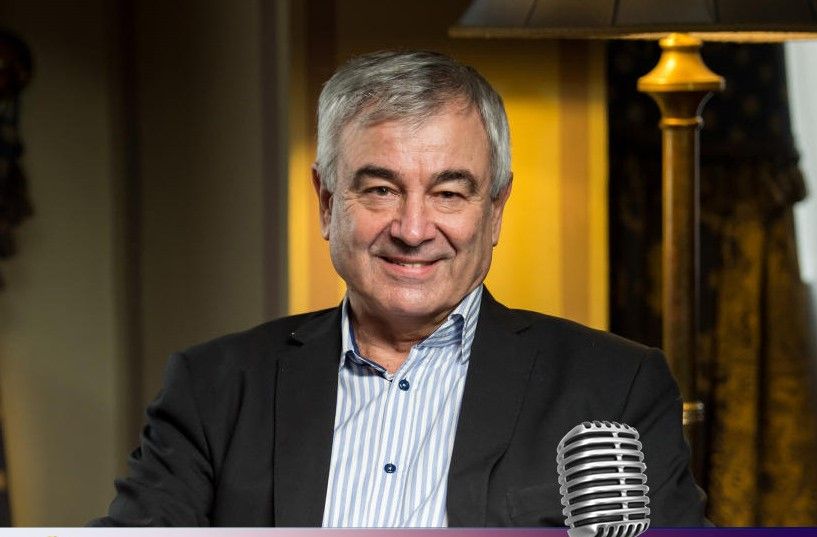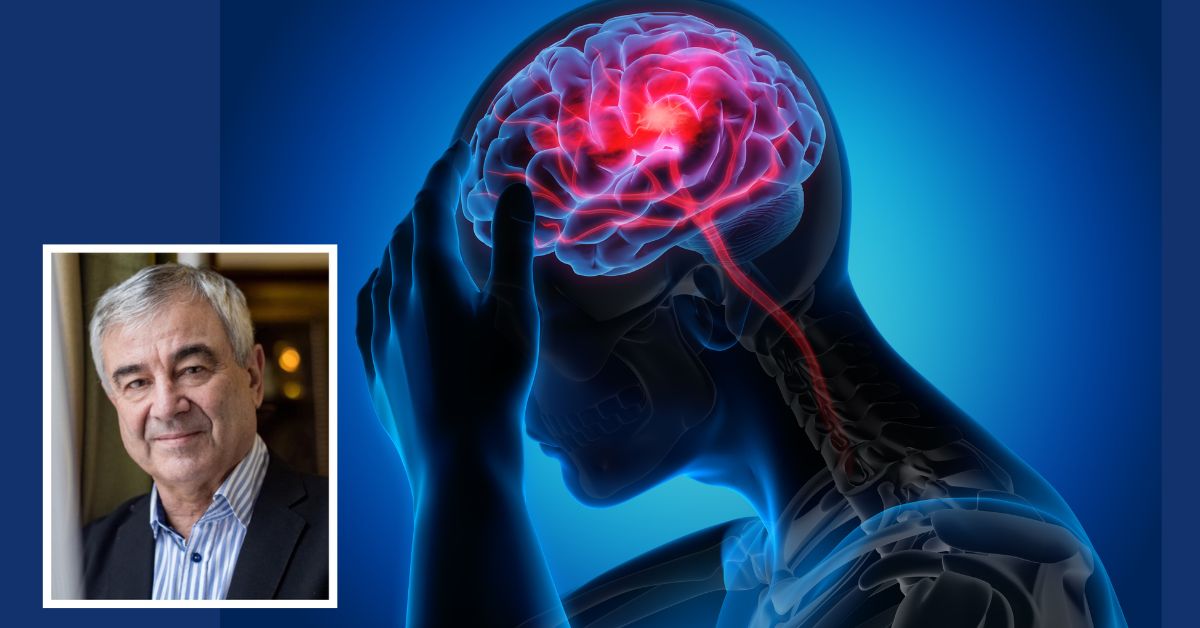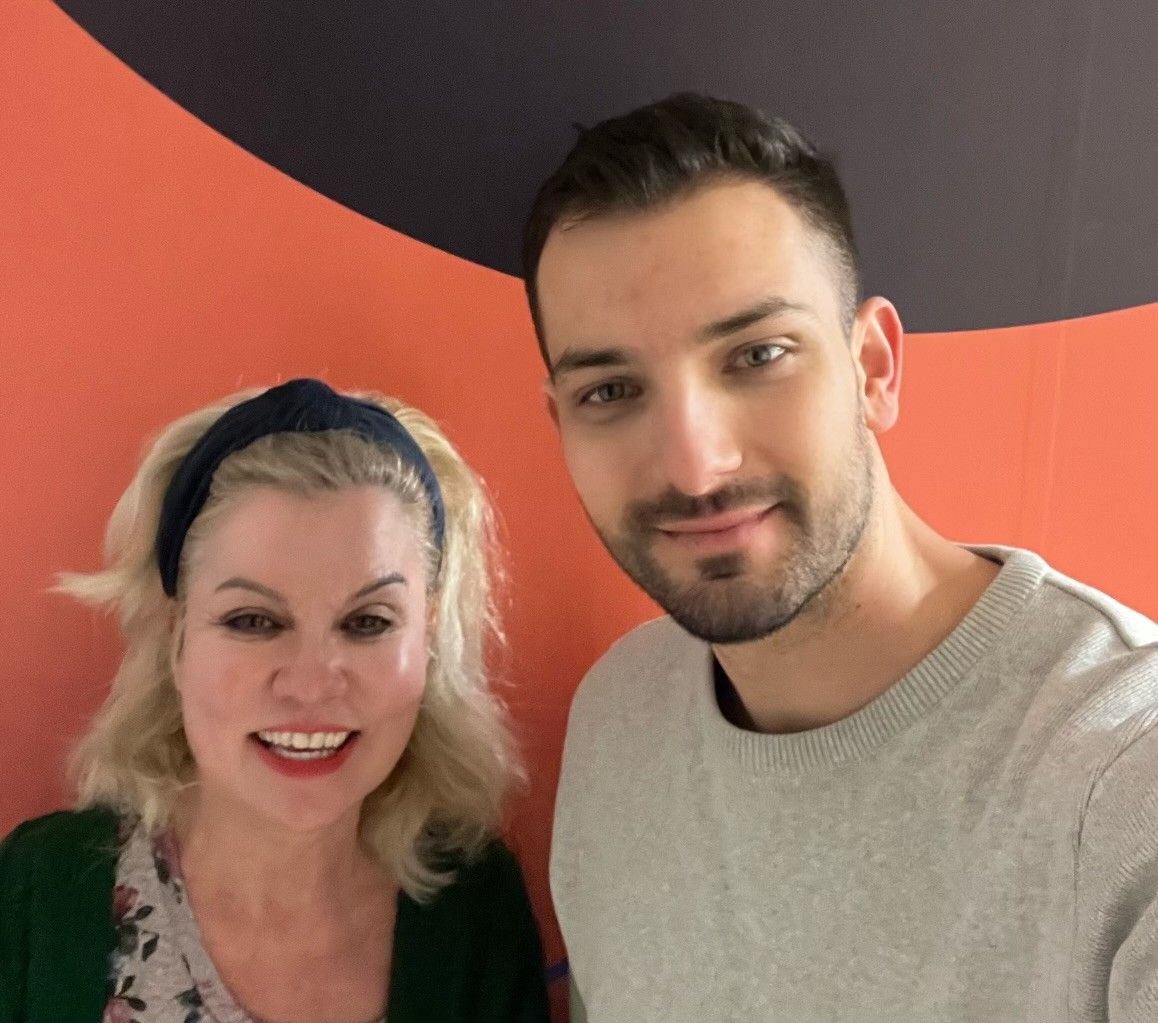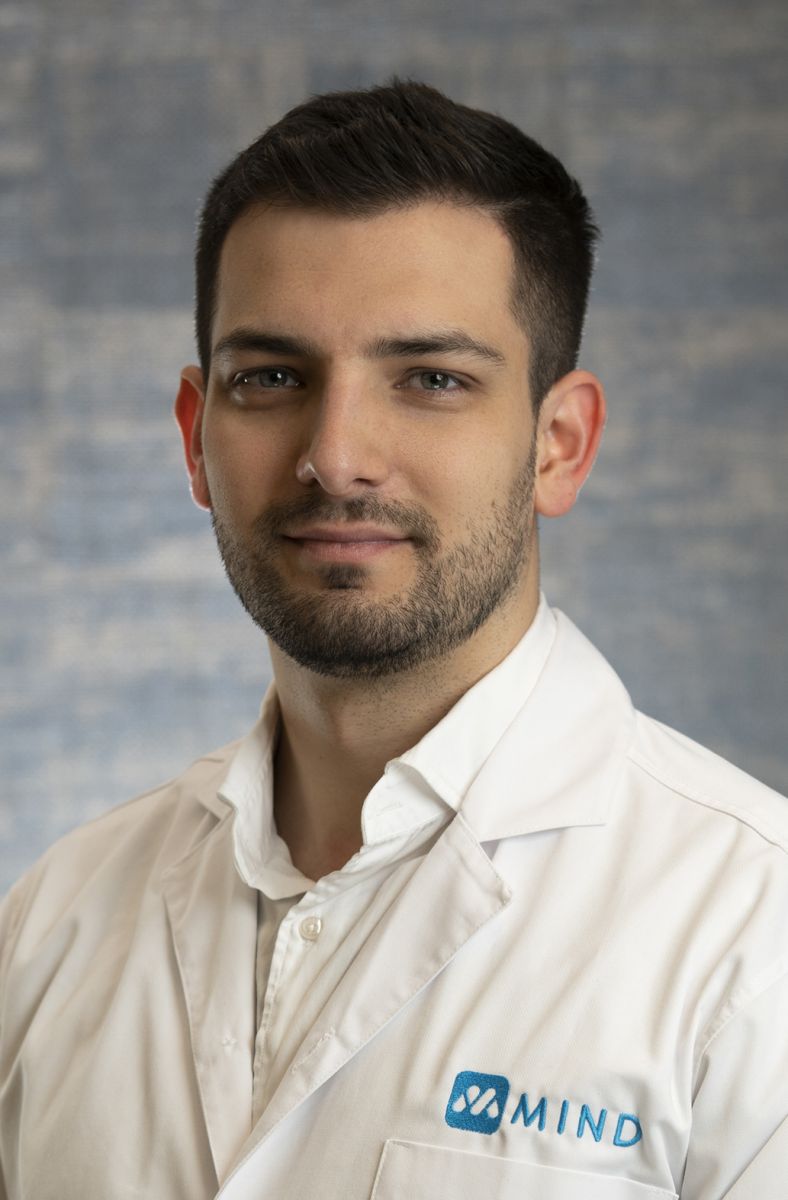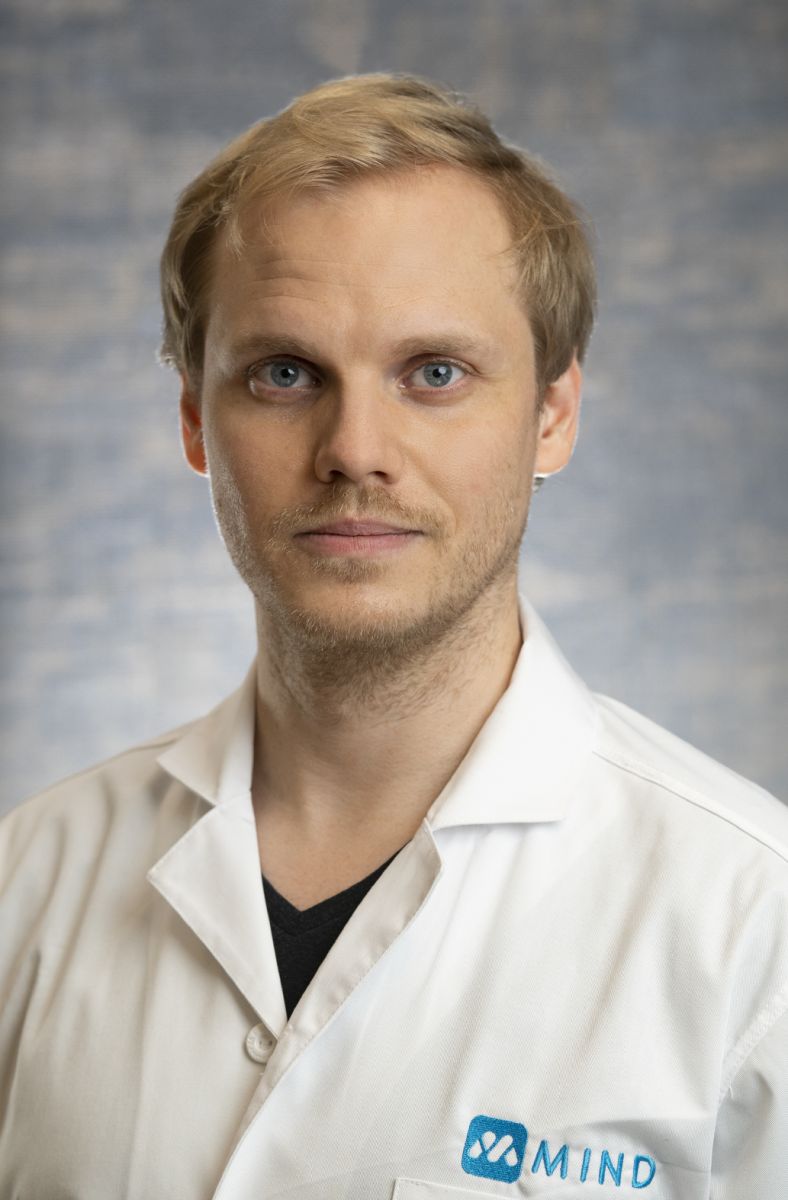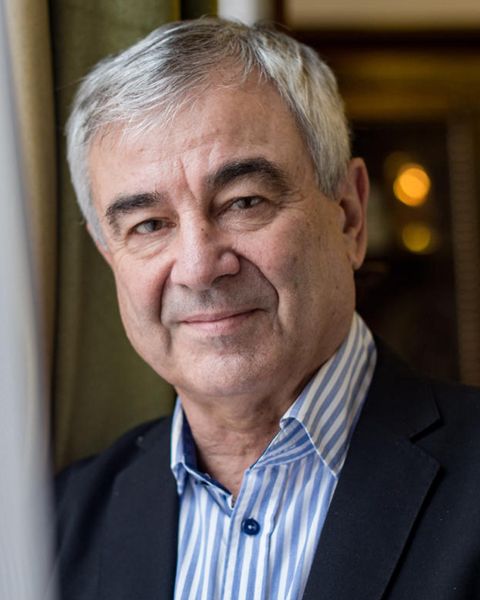Stroke, also historically called “apoplexy,” is the second leading cause of death worldwide and in Hungary. It is the most common cause of permanent disability and the most frequent neurological disorder. Every year, around 40,000 people are hospitalized due to stroke in Hungary, and nearly every second patient dies.
In Hungary, two people are affected every hour, often preceded by many small, symptom-free episodes, which occur ten times more frequently. Treatment usually begins only after irreversible complications have developed.
It doesn’t have to be this way: the pathological process starts 15–20 years earlier, at a stage when in the vast majority of cases it is still completely curable and reversible.
The underlying risk of stroke is based on inflammatory widening of the arterial intima and its causative factors, which can be measured (quantified). At MIND Clinic, we assess this risk using a combination of imaging and laboratory tests:
- Carotid Doppler ultrasound
- TCD: Transcranial Doppler ultrasound
- MR angiography
- Laboratory tests: CRP, cholesterol
- Gut permeability and inflammation markers: zonulin, calprotectin
- Targeted microbiome testing: S16-NGS
Dr. Szabolcs Szatmári is a stroke specialist whose research focuses on stroke treatment and prevention, including the role of the microbiome.
